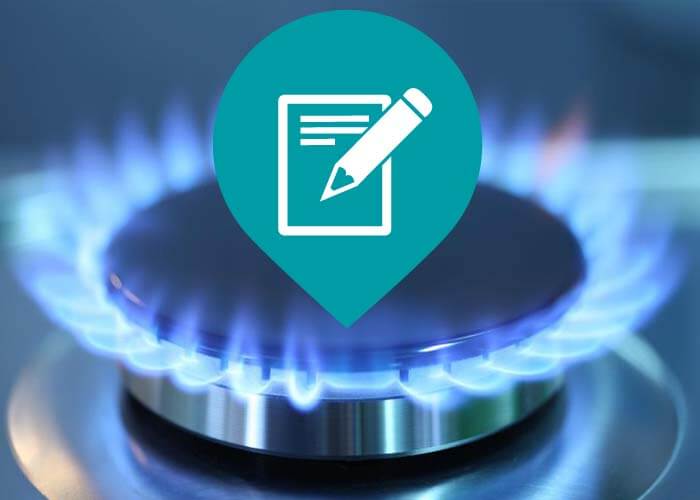
How Does the Gas Distribution System Work?
Exactly how Does the Natural Gas Shipment System Job?
Gas flowing from higher to decrease stress is the fundamental concept of the natural gas delivery system. The quantity of stress in a pipe is determined in pounds per square inch.
From the well, the gas goes into "celebration" lines, which are like branches on a tree, obtaining larger as they get closer to the central collection point.
Event Equipments
A celebration system might require several field compressors to move the gas to the pipeline or the handling plant. A compressor is a machine driven by an internal burning engine or generator that produces pressure to "press" the gas with the lines. The majority of compressors in the natural gas delivery system use a percentage of natural gas from their very own lines as fuel.
Some natural gas event systems include a processing center, which executes such features as eliminating contaminations like water, carbon dioxide or sulfur that may wear away a pipeline, or inert gases, such as helium, that would lower the energy value of the gas. Processing plants likewise can get rid of small quantities of propane and butane. These gases are used for chemical feedstocks as well as other applications.
The Transmission System
From the event system, the natural gas steps right into the transmission system, which is usually made up of regarding 272,000 miles of high-strength steel piper.
These huge transmission lines for natural gas can be compared to the nation's interstate highway system for automobiles. They move large quantities of gas hundreds of miles from the creating areas to regional circulation business (LDCs). The pressure of gas in each section of line typically ranges from 200 extra pounds to 1,500 extra pounds per square inch, depending upon the type of area in which the pipe is running. As a precaution, pipes are made and also constructed to take care of much more pressure than is ever really gotten to in the system. As an example, pipes in even more booming locations run at less than half of their style pressure level.
Numerous major interstate pipelines are "looped"-- there are two or more lines running alongside each other in the same right of way. This provides Click for info optimum capacity during durations of peak need.
Compressor Stations
Compressor terminals lie approximately every 50 to 60 miles along each pipeline to improve the pressure that is shed with the rubbing of the gas relocating through the steel pipeline. Lots of compressor stations are entirely automated, so the tools can be begun or quit from a pipeline's central control room. The control area can likewise remotely run shut-off valves along the transmission system. The operators of the system keep detailed operating information on each compressor terminal, and continually change the mix of engines that are running to take full advantage of performance as well as safety.
Natural gas moves via the transmission system at as much as 30 miles per hr, so it takes several days for gas from Texas to arrive at an utility receipt factor in the Northeast. In the process, there are several affiliations with other pipes and other energy systems, which offers system drivers a large amount of flexibility in relocating gas.
Linepack
A 50-mile area of 42-inch transmission line operating at around 1,000 pounds of pressure includes around 200 million cubic feet of gas-- adequate to power a kitchen range for greater than 2,000 years. The quantity of gas in the pipe is called the "linepack.".
By increasing and lowering the pressure on any type of pipeline sector, a pipeline business can utilize the segment to store gas during durations when there is much less need at the end of the pipeline. Using linepack by doing this allows pipe operators to deal with per hour variations popular very efficiently.
Natural gas pipes and energies use extremely sophisticated computer system models of client need for natural gas, which connect daily and also hourly usage patterns with seasonal and also environmental aspects. That's why consumers can rely on the reliability of natural gas-- when it's needed, it exists.
Gate Terminals.
When the gas in a transmission pipe gets to a regional gas utility, it usually travels through a "gateway terminal." Utilities frequently have gateway terminals getting gas at many different areas and also from a number of various pipelines. Gateway stations serve three objectives. First, they reduce the stress in the line from transmission degrees (200 to 1,500 extra pounds) to circulation levels, which range from 1/4 extra pound to 200 pounds. Then an odorant, the distinct sour scent related to natural gas, is added, to make sure that consumers can smell even small quantities of gas. Finally, the gate terminal measures the flow rate of the gas to figure out the quantity being received by the utility.